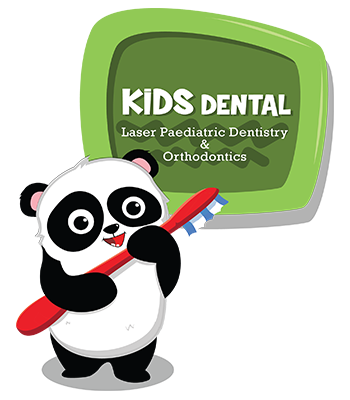Happy Gas Dentistry
Conscious Sedation
Conscious sedation is an option for children who are mildly to moderately apprehensive. This highly effective method can be administered by inhalation of nitrous oxide and oxygen gases (N20 – 02).
Nitrous Oxide (Laughing Gas)
It is important that children remain calm and still during dental treatment to prevent injury to the child and dental staff and to receive a high quality of professional dental care. For children who are afraid, uncooperative, or too young to understand dental treatment, nitrous oxide/oxygen for analgesia may be very beneficial in helping the child relax.

The following information will help parents understand sedation with the use of a combination of nitrous oxide and oxygen gases for safe analgesia.
- It is very safe because the child remains awake, responsive, and breathes on his/her own without assistance
- Much more oxygen is given than what we breathe in normal room air. This provides a wide margin for safety
- Nitrous oxide/oxygen is usually breathed through a small mask placed over the nose
- Dental treatment is more comfortable and time seems to pass faster for a relaxed child
- It is sometimes known as “laughing gas” because some patients become so comfortable and relaxed, they laugh
- Often the pediatric dentist will request that no food or drink be given to the child before treatment
- A local anesthetic is usually still given to numb the areas that are to be treated so that there is very little discomfort
- Once the nitrous oxide is turned off, it only takes seconds for the gas to completely leave the body
- Oxygen is usually given at the end of treatment to remove the effects of nitrous oxide gas
General Anesthesia
General Anaesthesia in a hospital setting is sometimes necessary for children who are unable, by either age or maturity level, to cooperate during dental treatment. Our practice associates with the best Pediatric Hospital with a certified anesthesiologist for cases where the patient may pose a threat to their own safety during treatment or for a child under the age of 3 – 3.5 years with extensive dental disease. We operate in hospitals which have fully equipped operation theatres including dental inventory and Pediatric and Neonatal ICU with excellent after care. Our team is extremely meticulous in following all the guidelines as laid out by the American Society of Anesthesiologists (ASA).
General Anaesthesia is most helpful for:
- Infants
- Children who require major treatment
- The very anxious child
- Children that have had traumatic dental experiences (sound and smell aversion)
- Children with a strong gag reflex
- Children who are medically compromised or who are mentally handicapped
